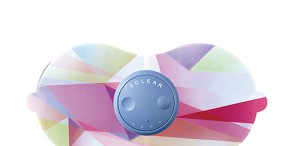Japanese Beef Eaters Now Prefer Lean to Marbled
Japan is reputed for marbled beef and such brands as Kobe beef and Matsuzaka beef are well known through sukiyaki dinner. Now, the wind is blowing for lean beef and its market price fast rising.
In fact, a new brand of lean beef "Toman Gyu (Toman Beef)" invaded the market in April, 2013 by a team of four livestock farmers in Kijicho, Saitoshi, of the "home of Japanese black cattle" - Miyazaki.
Toman beef is lean and faintly sweet and well received in local washoku restaurants. Fattening beef cattle are fed tea leaves, distilled spirit lees and other vitamin-, mineral-rich feeds. The number of heads has increased three-fold to 100 since marketing started.
An extensive research is under way at the National Agricultural Research Center for Kyushu Okinawa Region. A recent report indicates Toma beef is half as fattening and 1.3 times richer in free amino acid content as compared with fattening beef.
The problem is fattening period. It takes about three months longer than feeding concentrated fodder to add fat. The research center proposes to find the solution by improving auxiliary feeds.
Kagoshima's charcoal steakhouse "Pond" offers aged Toman beef. A couple of customers beamed at the first bite on the meat.
Japanese wagyu cattle known for its quality has formerly been intensely marbled and marketed carrying area names such as Kobe, Mishima, Matsuzaka, Omi, Sanda, etc.
The market shifting to lean beef, the entire beef production system calls for restructuring to meet changing needs for beef.
Prof. Masakazu Irie (animal husbandry) of Kinki University comments to Yomiuri Shimbun that the beef market is shifting from marbled to lean to compel further products development. The arrival of TTP age, he adds, is an opportunity to adapting Japan's livestock industry to global changes in beef market.









